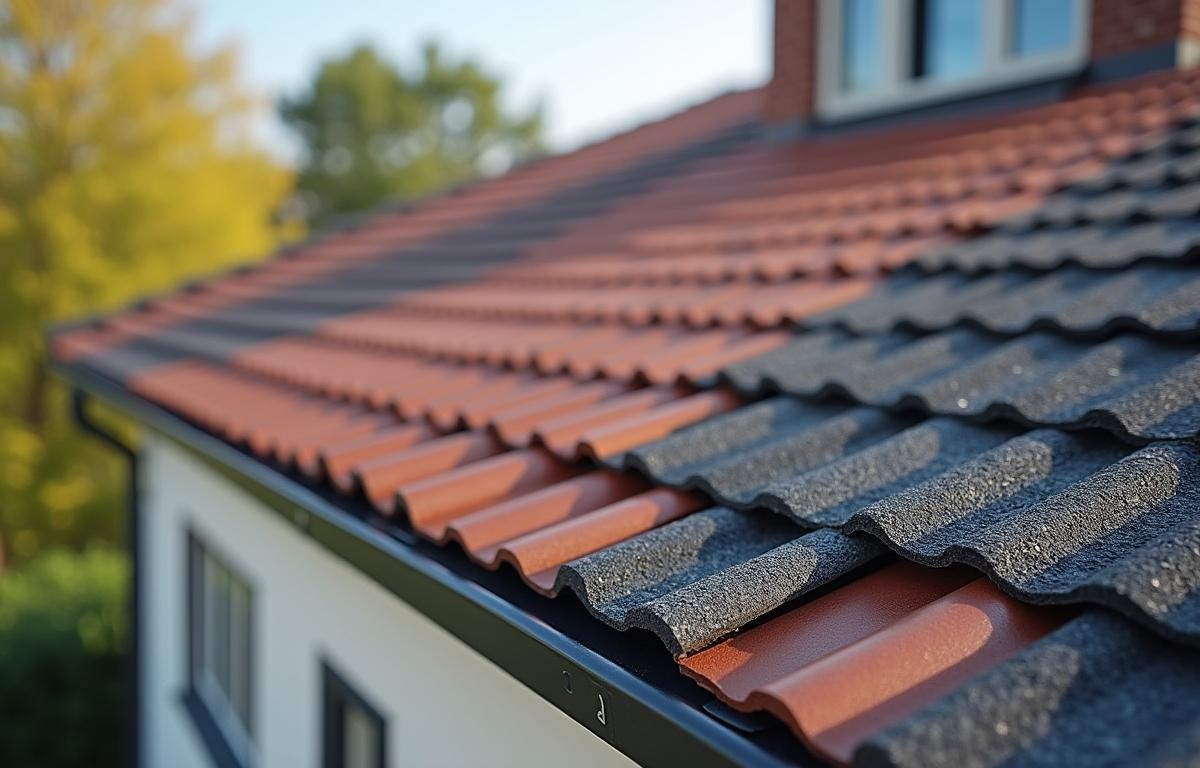The roofing of your house is really important, almost equal to its base. It is another component of the building process and a vital aspect in shielding your family and belongings from the elements you choose. Among a lot of possibilities, selecting the ideal one can be challenging. Here is how to choose the right roofing material.
Durability and Lifespan
Over time, a durable roofing material will save you money. Think about the lifetime and wear and tear resistance of the material. While some materials, such as metal or slate, can last several decades, others might call for more frequent replacement or upkeep. In the roofing trade, a roof’s reasonable lifetime is thirty years.
For asphalt shingle roofs, the typical lifetime is 25 years. Depending on the materials, your roof could endure anywhere from 20 years (cedar shakes) to 50 years (metal roofing). A Barrie roofing company can provide premium solutions for long-lasting roofing materials that will withstand the test of time and require minimal maintenance, ultimately saving you money in the long run.
Cost and Characteristics of Roofing Materials
The intrinsic qualities of each material set them apart. While some are more robust and long-lasting, others are simpler to install. Pitched roofs work better for some, while flat roofs work better for others. There are many choices, so consider the ideal operational characteristics that align with the buyer’s priorities.
Those who lack competence in this area sometimes estimate the cost of buying roofing materials by simply calculating the square meters. At the same time, the amount of so-called supplemental materials, the details of the rafter system, and the installation difficulty are not considered. All of this ultimately impacts the final estimate.
Roof Design and Appearance
The roof completes the building’s composition. The characteristics and look of roofing materials should be considered when creating a design project. Correspondence and harmony between the roof and the structure are crucial. A thorough consideration is given to the surrounding terrain and elements.
Regarding the house, some people can prefer a sophisticated and appealing project with unique architectural features like towers, ridges, slopes, and other components. The best option for its implementation is to employ flexible bituminous tiles.
Roof Pitch
The rise over run of the roof pitch, slope, determines the number of shingles required to suit the pattern required to fasten them to your roof. Picture a Victorian-style house; most residential roofs are low to medium pitch and include high peaks and sharp slopes.
Your roofing material weight and the application required will influence the material that will work best. Due to their weight or complexity of installation, very heavy or “slick” roofing materials will not be suitable for a roof with high pitches. Asphalt shingles are the most commonly used roofing material because their weight and composition allow them to fit a greater range of roof types and pitches.
Energy Efficiency
Energy efficiency in roofing materials is becoming a more significant consideration for both businesses and households. Your energy expenditures might be reduced with the help of an appropriate rooftop.
Since some materials, like aluminum, can reflect more heat and sunshine without absorbing too much, less heat is transported into the structure below. It will be easier for your air conditioner to cool your roof to a pleasant temperature. This may impact your energy expenses.
Endnote
Your roof is your house’s first layer of protection from the weather, particularly in colder climates. You can guarantee that your roof will continue to be strong, energy-efficient, and protective for many years by choosing a material to withstand winter’s difficulties.
